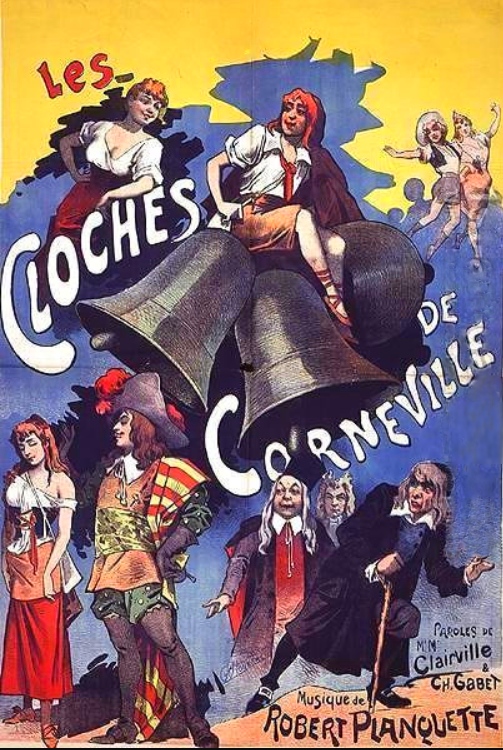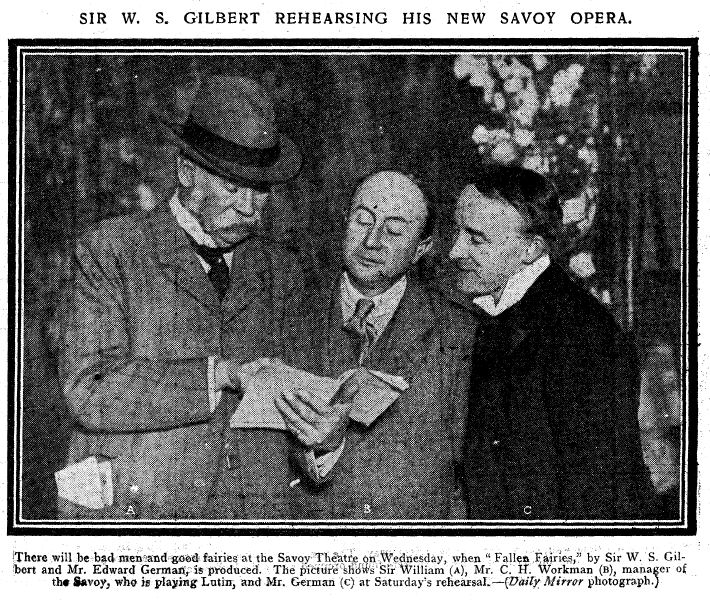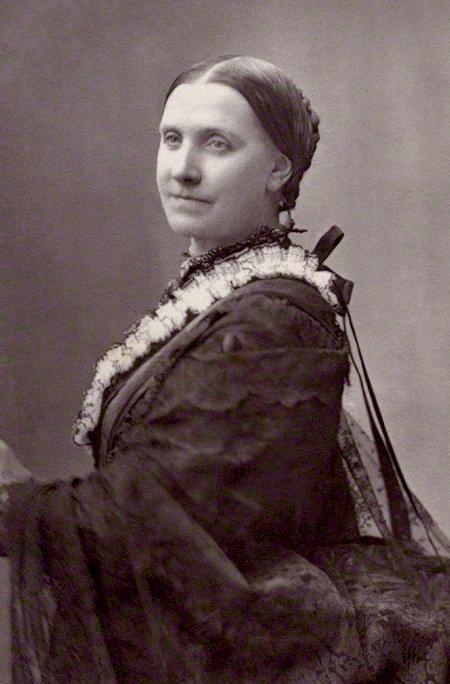|
Charity (play)
''Charity'' is a drama in four acts by W. S. Gilbert that explores the issue of a woman who had lived with a man as his wife without ever having married. The play analyses and critiques the double standard in the Victorian era concerning the treatment of men and women who had sex outside of marriage, anticipating the "problem plays" of George Bernard Shaw, Shaw and Henrik Ibsen, Ibsen.Crowther, AndrewSynopsis of ''Charity'' It opened on 3 January 1874 at the Haymarket Theatre in London, where Gilbert had previously presented his 'fairy comedies' ''The Palace of Truth'', ''Pygmalion and Galatea (play), Pygmalion and Galatea'', and ''The Wicked World''. ''Charity'' ran for about 61 performances, closing on 14 March 1874, and received tours and revivals thereafter. Gilbert created several plays for the Haymarket Theatre, managed by John Baldwin Buckstone and starring William Hunter Kendal and his wife, Madge Kendal, Madge Robertson Kendal, sister of the playwright Thomas William Ro ... [...More Info...] [...Related Items...] OR: [Wikipedia] [Google] [Baidu] |
Comic Opera
Comic opera, sometimes known as light opera, is a sung dramatic work of a light or comic nature, usually with a happy ending and often including spoken dialogue. Forms of comic opera first developed in late 17th-century Italy. By the 1730s, a new operatic genre, ''opera buffa'', emerged as an alternative to '' opera seria''. It quickly made its way to France, where it became ''opéra comique'', and eventually, in the following century, French operetta, with Jacques Offenbach as its most accomplished practitioner. The influence of the Italian and French forms spread to other parts of Europe. Many countries developed their own genres of comic opera, incorporating the Italian and French models along with their own musical traditions. Examples include German ''singspiel'', Viennese operetta, Spanish '' zarzuela'', Russian comic opera, English ballad and Savoy opera, North American operetta and musical comedy. Italian ''opera buffa'' In late 17th-century Italy, light-hearted m ... [...More Info...] [...Related Items...] OR: [Wikipedia] [Google] [Baidu] |
Chastity
Chastity, also known as purity, is a virtue related to temperance. Someone who is ''chaste'' refrains either from sexual activity considered immoral or any sexual activity, according to their state of life. In some contexts, for example when making a vow of chastity, chastity means the same as celibacy. Etymology The words ''chaste'' and ''chastity'' stem from the Latin adjective ("cut off", "separated", "pure"). The words entered the English language around the middle of the 13th century. ''Chaste'' meant "virtuous", "pure from unlawful sexual intercourse") or (from the early 14th century on) as a noun, a virgin, while ''chastity'' meant "(sexual) purity". Thomas Aquinas links ''(chastity)'' to the Latin verb ("chastise, reprimand, correct"), with a reference to Aristotle's Nicomachean Ethics: "Chastity takes its name from the fact that reason 'chastises' concupiscence, which, like a child, needs curbing, as the Philosopher states". In Abrahamic religions For many Jews, ... [...More Info...] [...Related Items...] OR: [Wikipedia] [Google] [Baidu] |
Iolanthe
''Iolanthe; or, The Peer and the Peri'' () is a comic opera with music by Arthur Sullivan and libretto by W. S. Gilbert, first performed in 1882. It is one of the Savoy operas and is the seventh of fourteen operatic collaborations by Gilbert and Sullivan. In the opera, the fairy Iolanthe has been banished from fairyland because she married a mortal; this is forbidden by fairy law. Her son, Strephon, is an Arcadia (utopia), Arcadian shepherd who wants to marry Phyllis, a Ward (law), Ward of Court of Chancery, Chancery. All the members of the House of Lords, House of Peers also want to marry Phyllis. When Phyllis sees Strephon hugging a young woman (not knowing that it is his mother – immortal fairies all appear young), she assumes the worst and sets off a climactic confrontation between the peers and the fairies. The opera satire, satirises many aspects of British government, law and society. The confrontation between the fairies and the peers is a version of one of Gilbert's ... [...More Info...] [...Related Items...] OR: [Wikipedia] [Google] [Baidu] |
Fallen Fairies
''Fallen Fairies''; ''or, The Wicked World'', is a two-act comic opera, with a libretto by W. S. Gilbert and music by Edward German. The story is an operatic adaptation of Gilbert's 1873 blank-verse fairy comedy, ''The Wicked World''. In Fairyland, the fairies are curious about wicked mortals, especially their strange capacity for love. They summon three mortal men from the world below to observe them and to teach the men how to live virtuously. The fairies fall in love with the mortals, become jealous of each other and behave badly. The men return to Earth, and the fairies realize that love is overrated. The piece premiered at London's Savoy Theatre on 15 December 1909. Gilbert directed the opera. Charles Herbert Workman produced and starred as Lutin. The cast also starred Gilbert protégée Nancy McIntosh as Selene, the Fairy Queen. McIntosh received negative reviews, and Workman soon replaced her with Amy Evans and made changes in the play that angered Gilbert, who sued Workma ... [...More Info...] [...Related Items...] OR: [Wikipedia] [Google] [Baidu] |
Foggerty's Fairy And Other Tales
''Foggerty's Fairy and Other Tales'' is an 1890 book by W. S. Gilbert, collecting several of the short stories and essays he wrote in his early career as a magazine writer (before 1874). A number of them were later adapted as plays or opera librettos. Copyright problems dogged the book. It was pulled from market shortly after its publication, and is long out of print. Some of the stories were reprinted in the 1985 compilation, ''The Lost Stories of W. S. Gilbert''. Some of the stories also served as the basis for a BBC Radio 4 series, "Gilbert without Sullivan." Contents and plot summaries Foggerty's Fairy — First published as "The Story of a Twelfth Cake" in ''Graphic'', Christmas Number, 1874 (retitled "Foggerty's Fairy" for the 1890 collection). A series of alternate histories of a somewhat roguish fellow, Freddy Foggerty, who is attempting to escape the consequences of having deserted the army some years previously. After meeting up with his former sergeant, he obtains the ... [...More Info...] [...Related Items...] OR: [Wikipedia] [Google] [Baidu] |
Gilbert And Sullivan
Gilbert and Sullivan was a Victorian era, Victorian-era theatrical partnership of the dramatist W. S. Gilbert (1836–1911) and the composer Arthur Sullivan (1842–1900), who jointly created fourteen comic operas between 1871 and 1896, of which ''H.M.S. Pinafore'', ''The Pirates of Penzance'' and ''The Mikado'' are among the best known.Davis, Peter G''Smooth Sailing'' ''New York'' magazine, 21 January 2002, accessed 6 November 2007 Gilbert, who wrote the libretti for these operas, created fanciful "topsy-turvy" worlds where each absurdity is taken to its logical conclusion; fairies rub elbows with British lords, flirting is a capital offence, gondoliers ascend to the monarchy, and pirates emerge as noblemen who have gone astray.Mike Leigh, Leigh, Mike"True anarchists" ''The Guardian'', 4 November 2007, accessed 6 November 2007 Sullivan, six years Gilbert's junior, composed the music, contributing memorable melodies that could convey both humour and pathos. Their operas have enj ... [...More Info...] [...Related Items...] OR: [Wikipedia] [Google] [Baidu] |
Foreshadowing
Foreshadowing is a narrative device in which a storyteller gives an advance hint of what is to come later in the story. Foreshadowing often appears at the beginning of a story, and it helps develop or subvert the audience's expectations about upcoming events. The writer may implement foreshadowing in many different ways. Some of these ways include: character dialogues, plot events, and changes in setting. Even the title of a work or a chapter can act as a clue that suggests what is going to happen. Foreshadowing in fiction creates an atmosphere of suspense in a story, so that the readers are interested and want to know more. This literary device is generally used to build anticipation in the minds of readers about what might happen next, thus adding dramatic tension to a story. Moreover, foreshadowing can make extraordinary and bizarre events appear credible, some events are predicted in order to make the audience feel anticipated for them. Hints may be about future events, ch ... [...More Info...] [...Related Items...] OR: [Wikipedia] [Google] [Baidu] |
Needlewoman
Needlework is decorative sewing and textile arts handicrafts. Anything that uses a needle for construction can be called needlework. Needlework may include related textile crafts such as crochet, worked with a hook, or tatting, worked with a shuttle. Similar abilities often transfer well between different varieties of needlework, such as fine motor skill and knowledge of textile fibers. Some of the same tools may be used in several different varieties of needlework. According to the ''Ladies' Needlework Penny Magazine'': There are many women who persuade themselves that the occupations particularly allotted to their sex are extremely frivolous; but it is one of the common errors of a depraved taste to confound simplicity with frivolity. The use of the needle is simple, but not frivolous. Background Needlework was an important fact of women's identity during the Victorian age, including embroidery, netting, knitting, crochet, and Berlin wool work. A growing middle class h ... [...More Info...] [...Related Items...] OR: [Wikipedia] [Google] [Baidu] |
Buckinghamshire
Buckinghamshire (), abbreviated Bucks, is a ceremonial county in South East England that borders Greater London to the south-east, Berkshire to the south, Oxfordshire to the west, Northamptonshire to the north, Bedfordshire to the north-east and Hertfordshire to the east. Buckinghamshire is one of the Home Counties, the counties of England that surround Greater London. Towns such as High Wycombe, Amersham, Chesham and the Chalfonts in the east and southeast of the county are parts of the London commuter belt, forming some of the most densely populated parts of the county, with some even being served by the London Underground. Development in this region is restricted by the Metropolitan Green Belt. The county's largest settlement and only city is Milton Keynes in the northeast, which with the surrounding area is administered by Milton Keynes City Council as a unitary authority separately to the rest of Buckinghamshire. The remainder of the county is administered by Buck ... [...More Info...] [...Related Items...] OR: [Wikipedia] [Google] [Baidu] |
Solicitor
A solicitor is a legal practitioner who traditionally deals with most of the legal matters in some jurisdictions. A person must have legally-defined qualifications, which vary from one jurisdiction to another, to be described as a solicitor and enabled to practise there as such. For example, in England and Wales a solicitor is admitted to practise under the provisions of the Solicitors Act 1974. With some exceptions, practising solicitors must possess a practising certificate. There are many more solicitors than barristers in England; they undertake the general aspects of giving legal advice and conducting legal proceedings. In the jurisdictions of England and Wales and in Northern Ireland, in the Australian states of New South Wales, Victoria, and Queensland, Hong Kong, South Africa (where they are called '' attorneys'') and the Republic of Ireland, the legal profession is split between solicitors and barristers (called ''advocates'' in some countries, for example Scotland), ... [...More Info...] [...Related Items...] OR: [Wikipedia] [Google] [Baidu] |
Sarah Woolgar
Sarah Jane Woolgar (8 July 1824 – 8 September 1909) was an English stage actress. She had leading roles in plays by notable dramatists of the day, including original productions. She had a long association with the Adelphi Theatre in London. Early life and career Sarah Woolgar was born in Gosport, Hampshire, on 8 July 1824. Her father, a tailor and unsuccessful actor, gave her a professional training. Making her first appearance at Plymouth in May 1836, as Leolyn in ''The Wood Demon'', she quickly acquired a reputation as a "young phenomenon", performing at Halifax, York, Nottingham, and on the Worcester circuit. Subsequently she studied music, and at Birmingham in 1841, during the visit of Joseph and Mary Ann Wood, the operatic vocalists, sang for five nights as Adalgisa in ''Norma''. In November 1842 she fulfilled a successful engagement at the Theatre Royal, Manchester, where she appeared as Ophelia in ''Hamlet''. On 9 October 1843 Miss Woolgar made her London debut at t ... [...More Info...] [...Related Items...] OR: [Wikipedia] [Google] [Baidu] |





.jpg)

